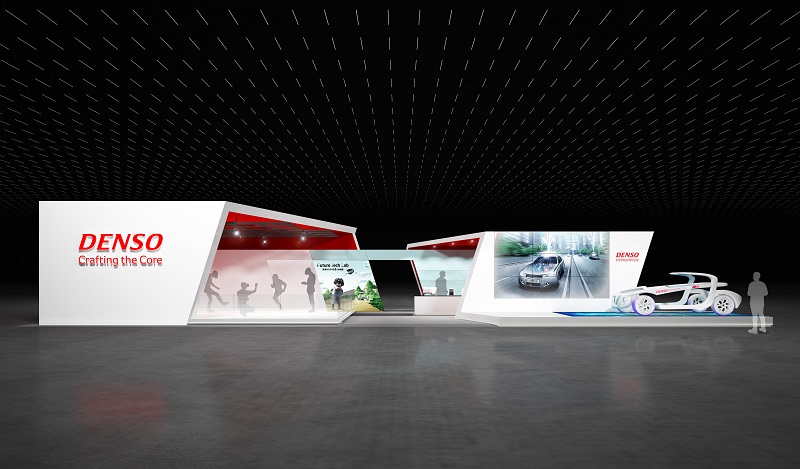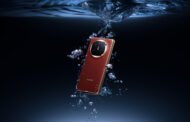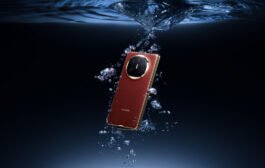Denso, which is one of the largest OEM suppliers in the world unveiled what it claims is the largest head-up display in the world. The thin-film transistor (TFT), liquid-crystal head-up display (HUD) can be used to project critical driving directions and information onto the windshield for motorists.
This unit has a nearly 24-inch projection. The product will be made available at the retail level from November 2017 and will be featured on the new 2018 Lexus LS.
The HUD device projects a virtual screen about three metres ahead of the driver, thus allowing the motorist to access key data about the vehicle and its surroundings with minimal risk of driver distraction as he does not have to change the direction of his gaze.
The HUD device comes with technology to detect not only basic information, like the driving speed of the vehicle and speed limits but can also use external sensors to depict the locations of pedestrians. Motorists receive lane guidance assistance through an automotive navigation system featuring an arrow indicating the appropriate lane to follow at junctions and intersections.
The HUD also takes into account visual elements like the relative position of information displayed, the colours used and other visual effects, all without obstructing driving. According to Denso, the display of the HUD is brighter than conventional HUDs in order to ensure that the screen is visible even in bright, daytime conditions.
It is expected that in the near future HUD units will emerge as a key technology for manufacturers as they do not require drivers to look far away from the road. Denso has been dealing with the production of HUDs from 1991.






















